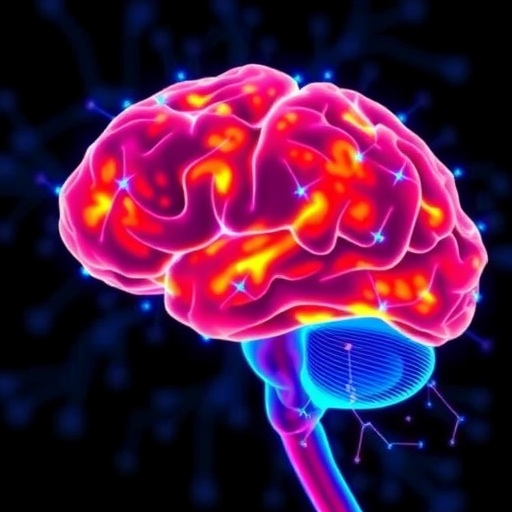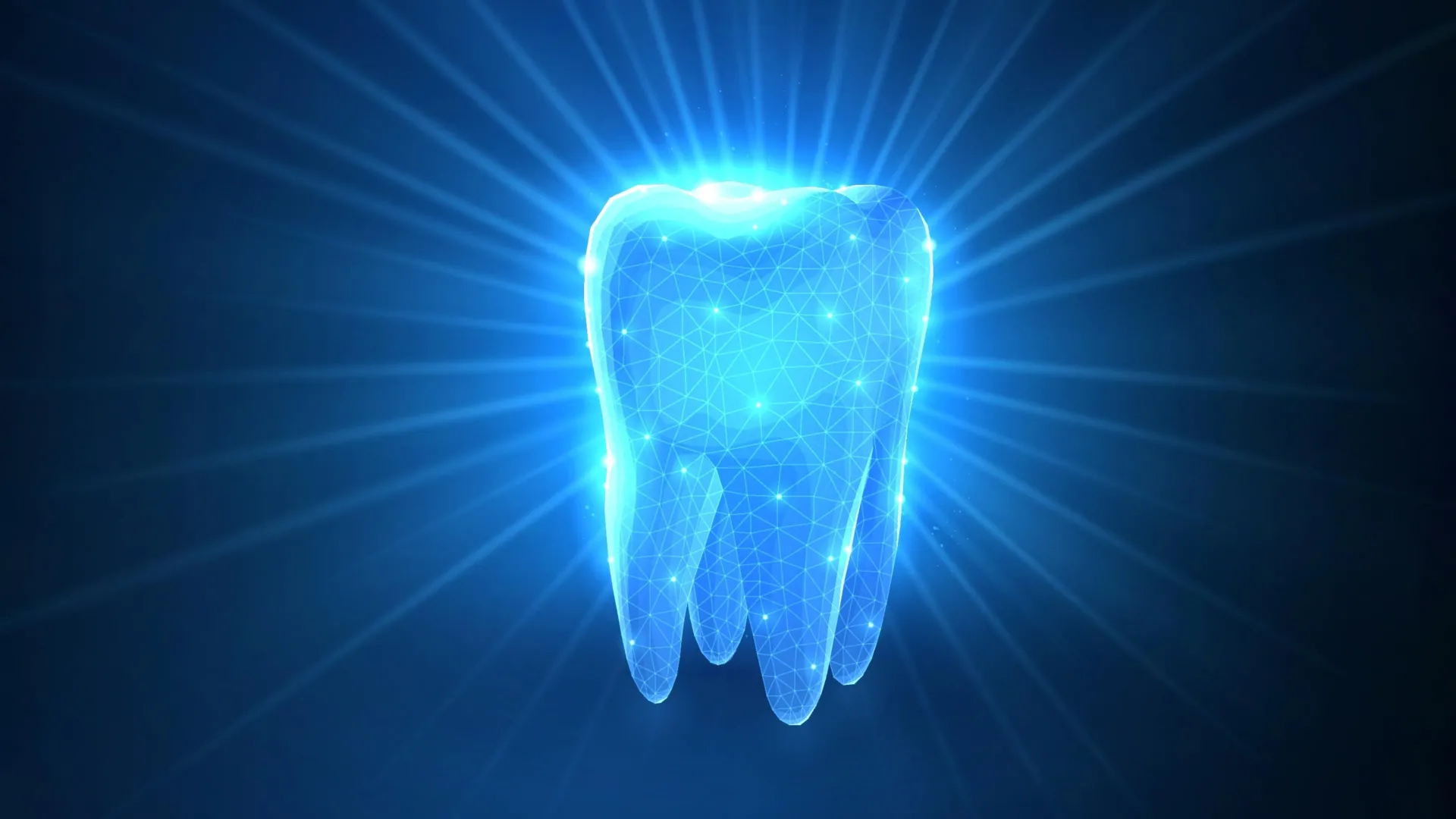PROTECT YOUR DNA WITH QUANTUM TECHNOLOGY
Orgo-Life the new way to the future Advertising by AdpathwayIn a groundbreaking exploration of the telencephalic GABAergic landscape, van Velthoven and colleagues unveil a sophisticated map of neuronal subclasses originating from the lateral ganglionic eminence (LGE). Their study, published in Nature in 2025, delineates a complex taxonomy of GABAergic neurons with striking granularity, revealing novel insights into the cellular architecture underpinning the basal ganglia and olfactory regions. This work not only refines our understanding of medium spiny neurons (MSNs) but also uncovers previously uncharacterized neuronal subtypes with distinct molecular signatures and spatial localizations, challenging traditional classifications and opening new avenues for functional neuroscience.
At the heart of this investigation is the classification of seven LGE-derived subclasses, with identifiers ranging from 59 to 65, each distinguished by unique gene expression profiles and anatomical niches. These subclasses encapsulate the prototypic striatal D1- and D2-type MSNs—well-established players in motor control and reward pathways—while also introducing homologous cell types that diversify the inhibitory palette of the striatum and associated nuclei. Particularly compelling is the discovery that subclasses 60, 63, and 64 express the dopamine receptor Drd1, with subclass 60 exhibiting a robust expression of Drd3, suggesting nuanced dopaminergic modulation across these neuronal populations.
Subclass 59, marked by Sox6 and Cyp26b1 expression, is predominantly enriched in the globus pallidus externus (GPe) and substantia innominata (SI). This region, vital for action selection and reward processing, contains two principal GABAergic neuron types: the fast-firing prototypical neurons and the slower, arkypallidal neurons. Molecular dissection links subclass 59 to the arkypallidal neurons, characterized by Penk and Foxp2 expression, which project back to the striatum, implying a feedback mechanism integral to basal ganglia circuitry. Contrastingly, the prototypical neurons bear markers Nkx2-1 and Lhx6 and represent a separate subclass, underscoring divergent functional roles within the GPe.
Subclass 60 emerges as a distinctive group localized specifically within the Islands of Calleja, part of the olfactory tubercle (OT), and uniquely co-expresses dopamine receptor genes Drd1 and Drd3. This rare dopaminergic signature hints at specialized roles in modulating olfactory-driven behaviors or reward processing, positioning these neurons as a focal point for investigating dopaminergic signaling complexity beyond classical striatal circuits. Their discrete anatomical and molecular identity underscores the heterogeneity of GABAergic neurons within subpallial regions traditionally considered homogenous.
The investigation extends to subclasses 63, 64, and 65, which collectively form a novel constellation of GABAergic neurons resembling MSNs through their gene expression yet exhibit distinct spatial distributions. These cells are scattered along borders of striatal and pallidal territories, often forming unique patches or streaks that defy simplistic anatomical compartmentalization. Such spatial heterogeneity suggests that local microenvironments and developmental cues intricately shape neuronal identity, potentially correlating with functional specializations yet to be elucidated.
Within subclass 63, a particular supertype exhibits hybrid features, co-expressing dopamine receptors Drd1 and Drd2—a phenomenon observed in approximately one-third of cells within the primary cluster. These hybrid MSNs may correspond to the so-called exo-patch MSNs, previously described as residing in the striatal matrix but exhibiting physiological properties akin to patch neurons. The presence of co-expressing cells subtly blurs the dichotomy of D1 versus D2 pathways, implicating a spectrum of functional states and signaling capacities within the striatal inhibitory network.
Subclass 64 and 65 neurons are largely localized to small, specialized nuclei such as the interstitial nucleus of the posterior limb of the anterior commissure and the intercalated amygdalar nucleus (IA), regions implicated in emotional processing and olfactory integration. Notably, subclass 65 expresses Foxp2 and Tshz1, markers of Sp8-positive dorsal LGE-derived intercalated cells, which have been suggested to share developmental origins with olfactory bulb interneurons and striatal MSNs. This lineage convergence hints at conserved molecular programs spanning distinct telencephalic regions, potentially reflecting common wiring or plasticity mechanisms.
The spatial intricacy of subclasses 61 and 62, representing canonical D1 and D2 MSNs respectively, is mapped with unprecedented resolution, revealing multiple supertypes and clusters with nuanced localization patterns across dorsal and ventral striatal compartments. The coexistence of paired D1 and D2 clusters across various striatal subregions—including the caudoputamen’s lateral, medial, and posterior domains—illustrates a fine-grained organization likely critical for balancing excitatory-inhibitory interactions and modulating motor and cognitive functions.
Further dissection of the nucleus accumbens (ACB) uncovers a rich topography of D1 and D2 supertypes and clusters, many confined to core and shell subdivisions known to differentially participate in reward processing and motivational behaviors. Within these, finer mediolateral and anteroposterior distinctions emerge, adding layers to the spatial complexity of striatal inhibitory circuits. This detailed mapping challenges the notion of homogeneity within the ACB, illuminating diverse neuronal ensembles that may underpin complex behavioral phenotypes.
Beyond transcriptional identity, the study leverages MERFISH (multiplexed error-robust fluorescence in situ hybridization) to validate the unique anatomical distribution of these subclasses in brain sections, confirming the scattered, patchy, and streak-like patterns predicted by transcriptomic data. This multimodal approach strengthens the functional relevance of molecularly defined clusters, bridging the gap between gene expression and anatomical substrate.
The findings have profound implications for understanding neuropsychiatric disorders involving basal ganglia dysfunction. The identification of subclasses with overlapping and hybrid dopamine receptor expression profiles suggests new targets for pharmacological interventions that could modulate specific neuronal populations with greater precision. Moreover, the novel cell types residing in the Islands of Calleja and intercalated amygdalar nuclei expand the repertoire of GABAergic neurons implicated in motivational and emotional regulation, areas often disrupted in addiction and mood disorders.
The integrative analysis underscores a hierarchical organization of telencephalic GABAergic neurons, from supertypes to finer clusters, each marked by distinct transcriptional and spatial features. This organization provides a blueprint for future functional studies aimed at dissecting circuit-specific roles and plasticity mechanisms. It also raises intriguing questions about the developmental trajectories that yield such exquisite heterogeneity and the interplay of intrinsic gene programs with extrinsic spatial cues.
Taken together, this landmark study by van Velthoven et al. advances our conception of the brain’s inhibitory networks, revealing a tapestry of GABAergic diversity woven through the telencephalon. By merging high-dimensional transcriptomics with spatial mapping, it charts a path toward a more nuanced, functionally informed classification of neurons—a necessary step for deciphering the complexities of neural computation and pathological dysfunction.
Subject of Research: Telencephalic GABAergic neuronal diversity and spatial organization.
Article Title: Transcriptomic and spatial organization of telencephalic GABAergic neurons.
Article References:
van Velthoven, C.T.J., Gao, Y., Kunst, M. et al. Transcriptomic and spatial organization of telencephalic GABAergic neurons. Nature 647, 143–156 (2025). https://doi.org/10.1038/s41586-025-09296-1
Image Credits: AI Generated
DOI: 10.1038/s41586-025-09296-1
Keywords: GABAergic neurons, lateral ganglionic eminence, medium spiny neurons, dopamine receptors, basal ganglia, striatum, globus pallidus externus, Islands of Calleja, intercalated amygdalar nucleus, MERFISH, neuronal diversity, telencephalon.
Tags: basal ganglia cellular architecturedopaminergic modulation in GABAergic cellsfunctional neuroscience advancementsgene expression profiles in neuronslateral ganglionic eminencemedium spiny neurons insightsneuronal subclass taxonomynovel neuronal subtypes classificationolfactory region neuron mappingstriatal D1 and D2 MSNstelencephalic GABAergic neuronstranscriptomic analysis of neurons


 4 hours ago
4
4 hours ago
4





















 English (US) ·
English (US) ·  French (CA) ·
French (CA) ·